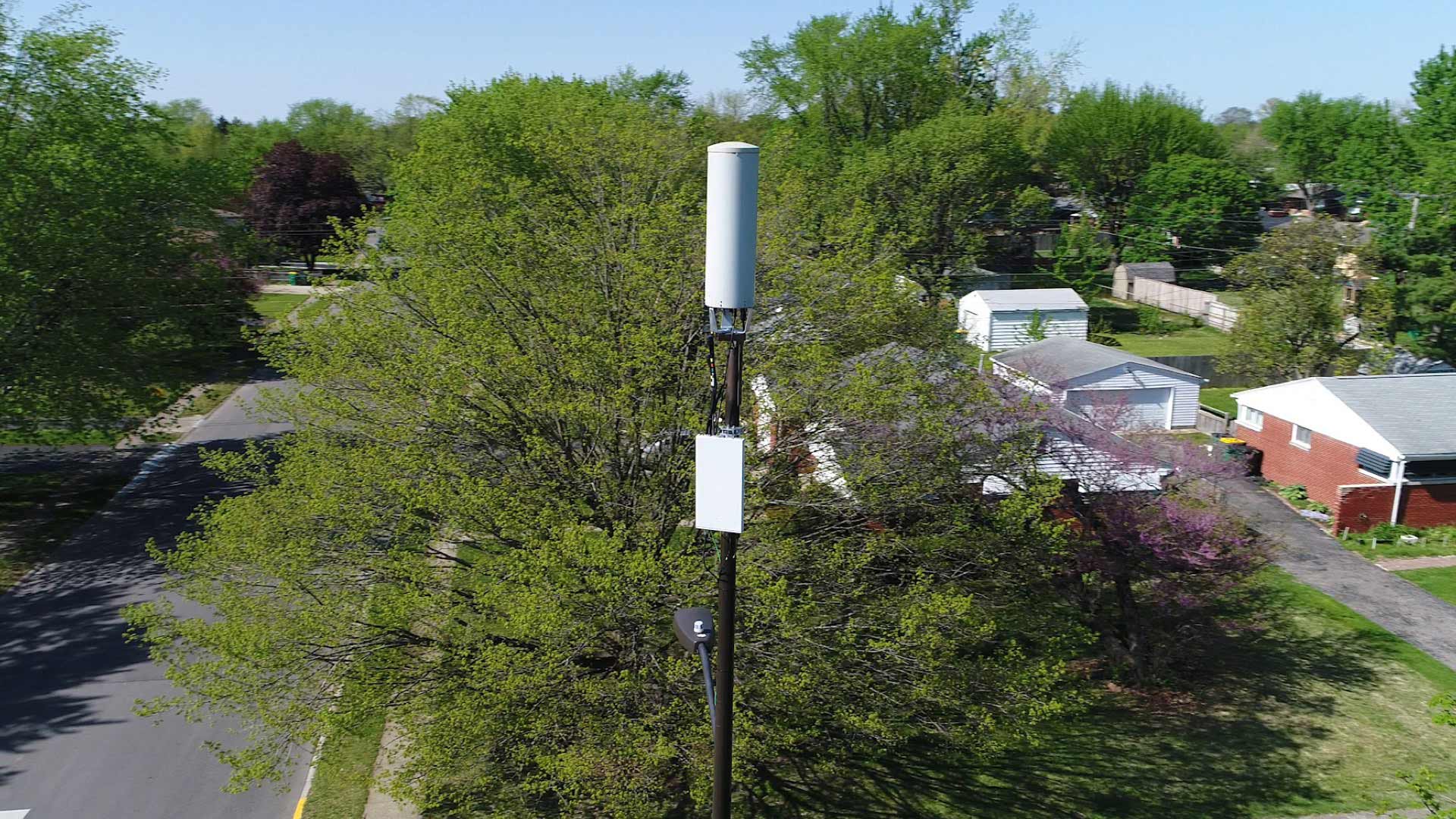If you've ever walked through a city, you may have seen tiny 5G cell towers placed on poles for street lighting. They appear like tiny boxes however, they're actually transmitting wireless signals from cellular providers to your phone.
safe distance to live from cell phone tower are being replaced by larger specially-designed cell towers. While they're less noticeable however, they could create issues for users.
A of the FCC's Radiation Exposure Thresholds
The FCC's Radiation Exposure Thresholds determine the safe distance that a person can be exposed to electromagnetic energy from wireless devices. The limits for exposure are based upon scientific research that show that RF energy can be harmful to human health.
https://postheaven.net/chillweasel1/how-far-away-from-some-sort-of-5g-mobile-tower-is-safe (SAR) is an indication of the amount of radiofrequency energy that is absorption by tissues. It's typically 1.6 watts per kilogram, calculated over one kilogram of tissue.
However, because 5g transmits at higher frequencies this could be able to cause greater energy intensity on the skin and other exposed body areas. This can lead to various potential harms, including exacerbated the development of skin conditions like dermatitis, skin cancer and cataracts.
Due to the potential for severe effects of 5g radiation, PSU has chosen to establish a general, localized power density limit of 4 mW/cm2 measured across 1 centimeter, and never exceeding 30 minutes for all 5G services at 3000 GHz. This localized limit is consistent with the highest SAR that is spatially averaged at 1.6 W/kg, which is averaged over 1 g of tissue at 6 GHz.
The FCC's Maximum Exposure Thresholds for Maximum Exposure

In the event that you've used cell phone, you probably know that the safest distance from the tower is around 400 meters. This is because the transmitting power of cell towers increases drastically the farther the tower is.
While it sounds like a good idea but the truth is that people who live close to towers might be more susceptible to health issues. For example, a study from 2014 in India found that residents living within 50 meters of cell towers had significantly more health complaints than those who lived farther far from antennas.
However, this study also found that people who moved into areas farther away from the cell towers saw their symptoms improve within a couple of days. Another study has demonstrated that exposure to extreme amounts of electromagnetic field radiofrequency (EMFs) can lead to brain tumors, cancer and other health issues.
This is due to the fact that RF radiation, which is used in wireless communication can be absorbed by the body's outer layer, called the skin. This is important to understand because the skin serves as a protective barrier against injury to the body, infection from pathogenic microorganisms, as well as entry of toxic substances. The skin is the biggest organ in the human body, and is accountable for maintaining the integrity of other organs.
The FCC's Minimum Exposure Thresholds
The FCC's Minimum Exposure Thresholds are based on various assumptions that aren't supported by evidence from science. They include the incorrect assumption that short-term exposures to RF radiation are safe due to the limited radiation penetration in the human body (i.e. the heating of tissues).
safe distance to live from cell phone tower overlooks the greater penetration of ELF elements of modulated radio signals as well as the effects of brief bursts of heat generated by RF waves that are pulsed. These assumptions do not correspond with the current understanding of biological effects of RF radiation, and thus they shouldn't be used for health protective exposure guidelines.
In addition there is the fact that both ICNIRP and FCC restrict their maximum exposure limits to local peak SARs based on the peak speed of spatial absorption (psSAR), which can be described as not a sufficient dosimetric tool to assess the amount of radiation exposure. In particular, psSAR is inaccurate for frequencies above 6 GHz. Furthermore, psSAR has not been evaluated for RF radiation with co-exposure to other environmental agents , such as sunlight. In the event of interactions, RF radiation with other environmental agents may produce synergistic or antagonistic effects. This would result in an increased risk of adverse health consequences. For example, co-exposure to RF radiation along with exposure to sunlight can cause an increase in the incidence of skin cancer, and may also exacerbate other skin diseases such as acne.
